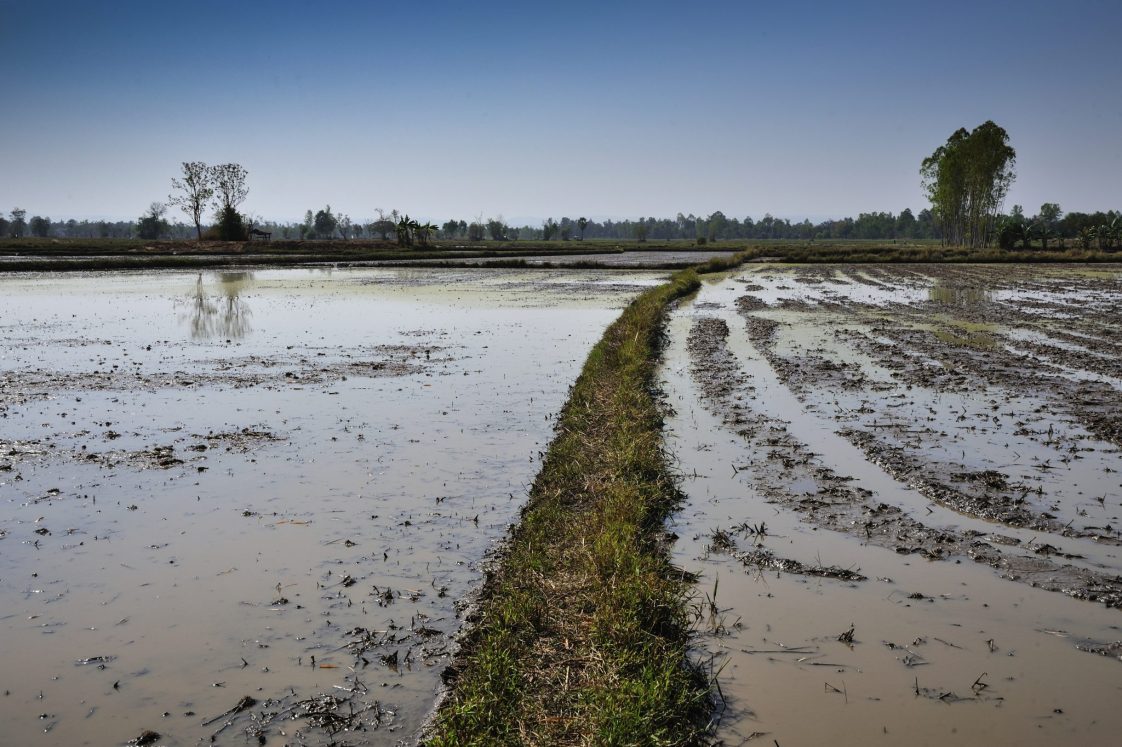Emergency Handbook

Home Gardens and Floods
If your backyard garden was in a flooded area, chances are it lost some nitrogen. You will have to refertilize. If you were about to prepare your garden, wait a couple of days. Do not till or cultivate your garden while the soil is fairly wet.
If your garden was submerged in water, transplants and seeds probably rotted in the ground and will have to be replanted. Plants under stress from excess rain and flooding are more susceptible to disease. Avoid working with plants when they are wet. Remove diseased plants and destroy them so they do not infect others.
Plants in standing water for prolonged period, or wet feet, will result in stunting of the plants and a reduction in yield and quality of produce. This condition will be more severe in young plants or seedlings. Older, more established plants may be more tolerant of damage due to flooding. Plants will grow again if they were not too severely damaged, but they will likely be stunted with a yellow appearance. It is best to remove all fruits and flowers from the plant after flooding to encourage vegetative growth. This will help offset the negative effect of the flooding.
However, once damage is done, it can’t be fully reversed. Why are wet feet a problem? Plant roots absorb oxygen from the soil. When soils are flooded, the roots are unable to absorb oxygen as well as minerals. For more information on getting your garden back to normal, call your county Extension office.

Heavy Rains and Soil Erosion
Surface-soil erosion causes soils to lose plant nutrients, lime, and organic matter. The loss of nutrient-rich top soil causes farmers low production and increased fertilizer costs.
The best conservation practices are no match for flooded fields. Resample flooded fields and follow soil test recommendations to restore productivity. Install erosion practices if they are not already in use, and repair soil conservation structures that were damaged.
Joe Kemble, Extension Specialist, Horticulture, and Charles Mitchell, Extension Specialist, Agronomy, Auburn University.
Use pesticides only according to the directions on the label. Follow all directions, precautions, and restrictions that are listed. Do not use pesticides on plants that are not listed on the label. Trade and brand names used are given for information purposes only. No guarantee, endorsement, or discrimination among comparable products is intended or implied by the Alabama Cooperative Extension System. This publication is for information purposes only and should not be a substitute for recommendations or treatment by a health care provider.

